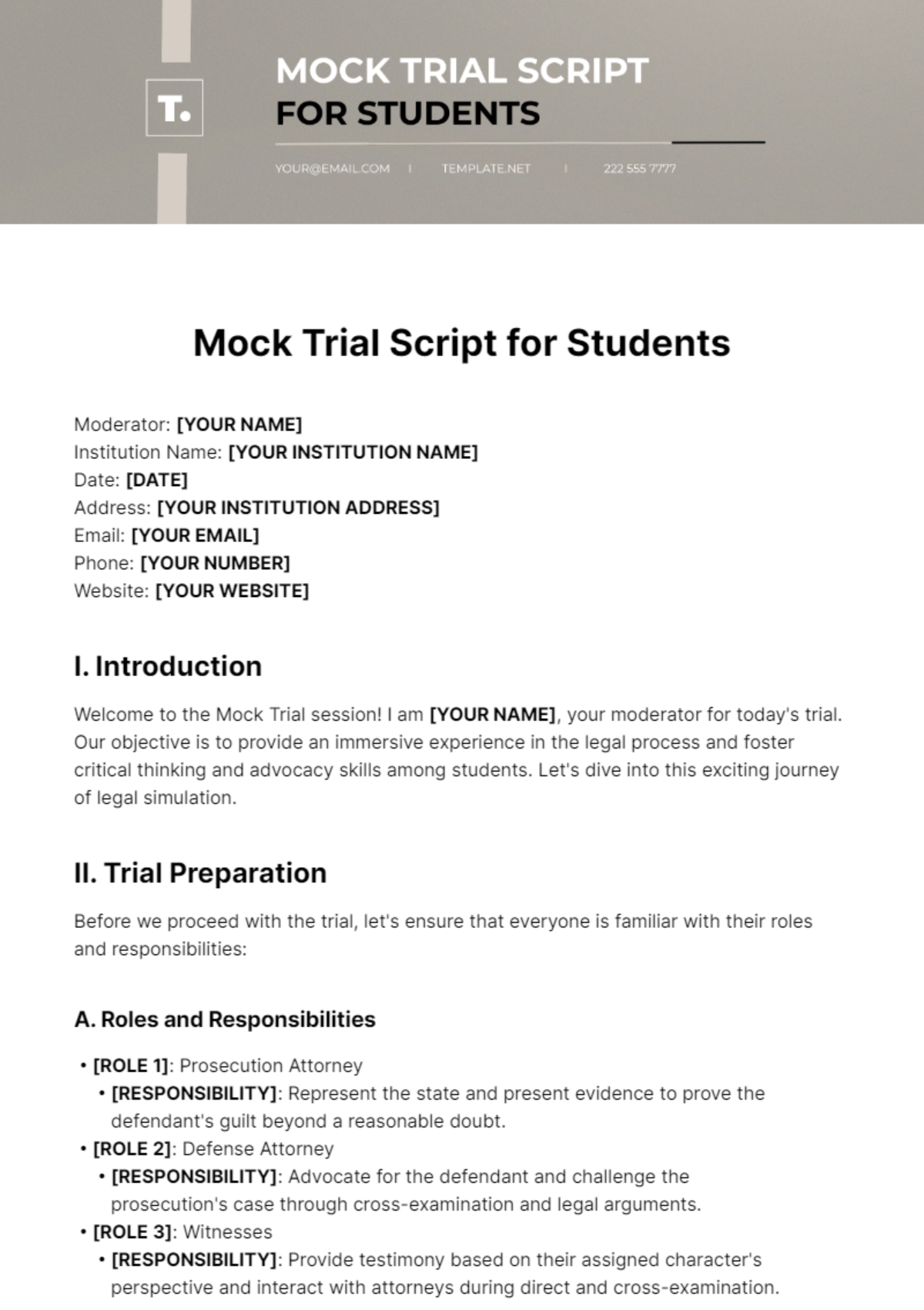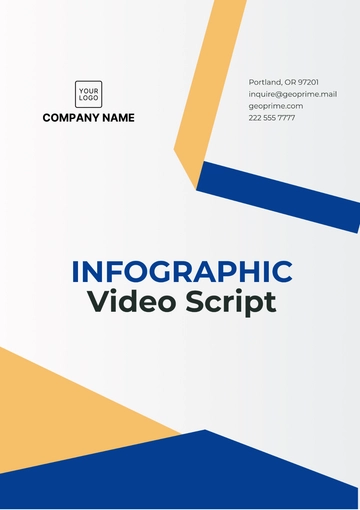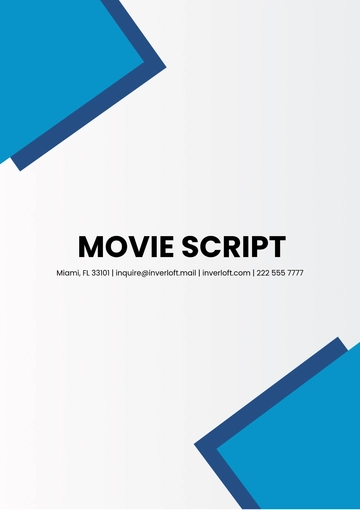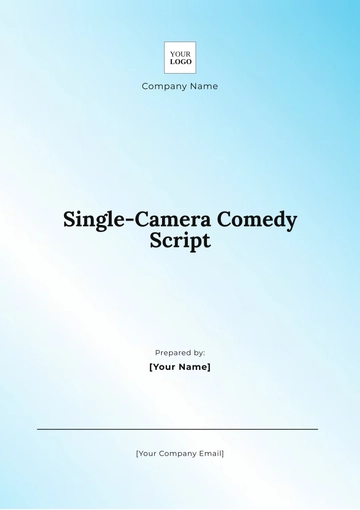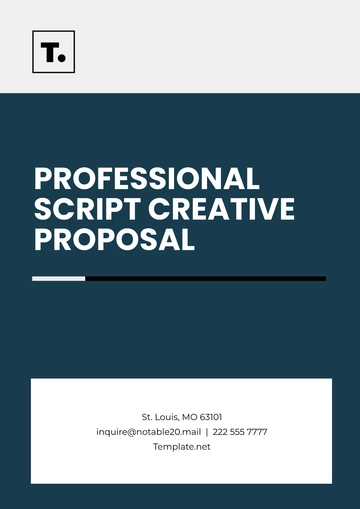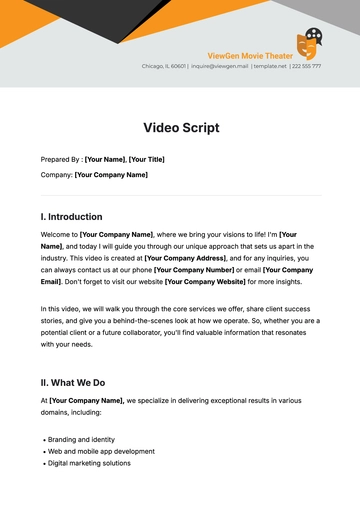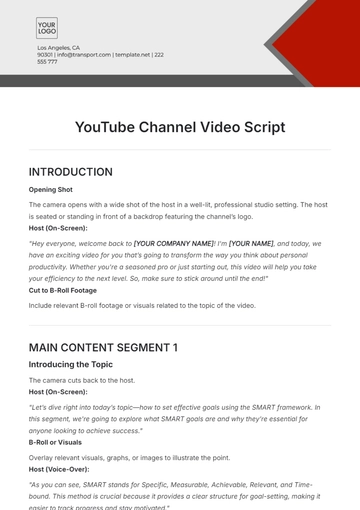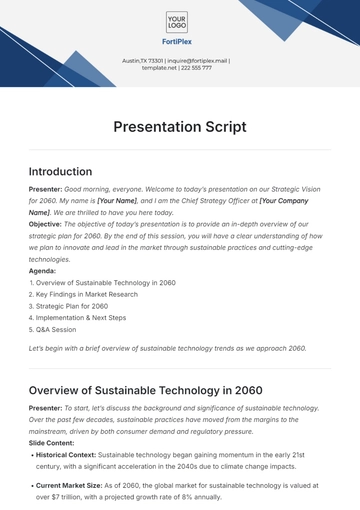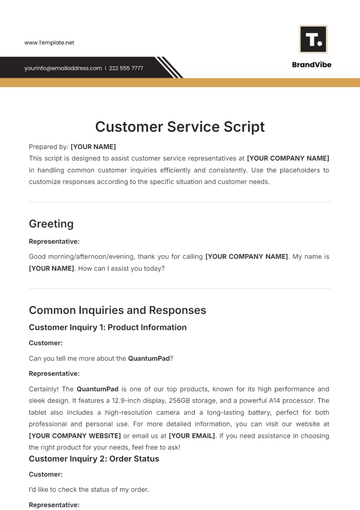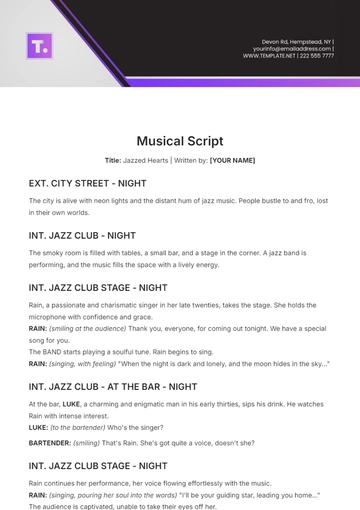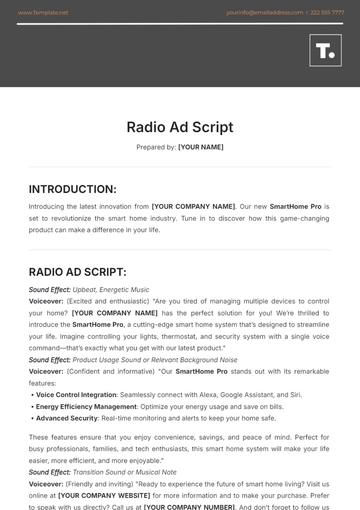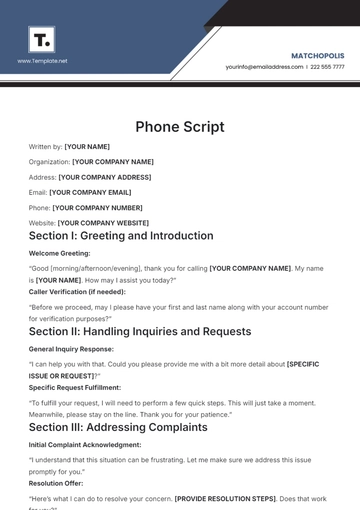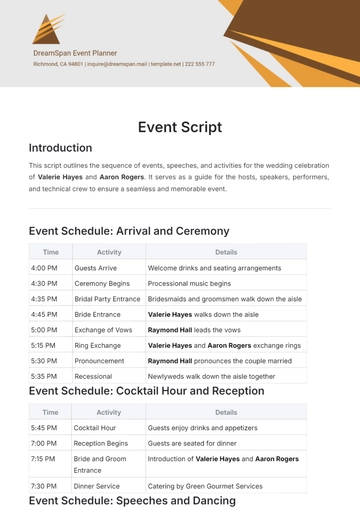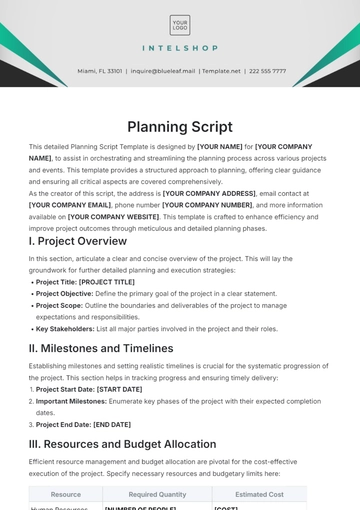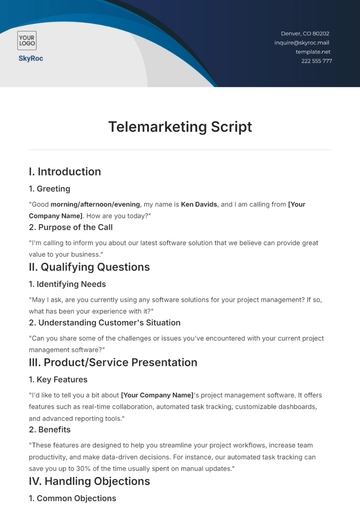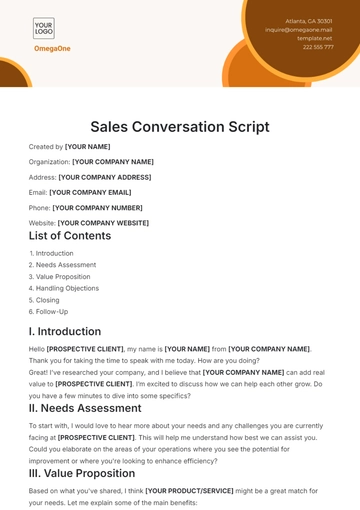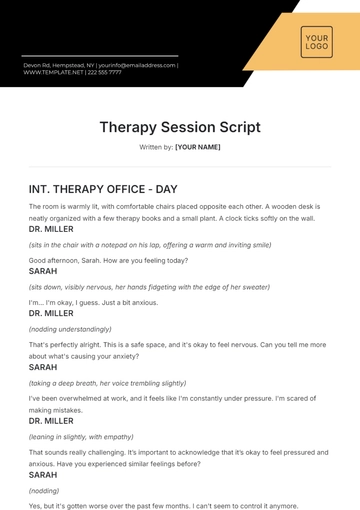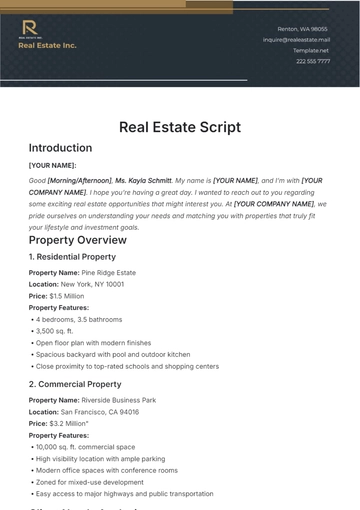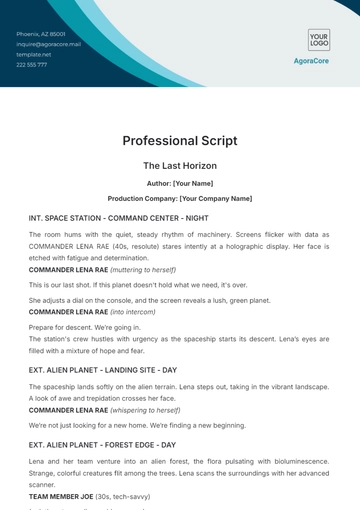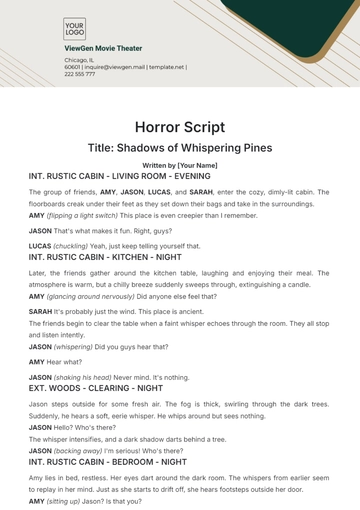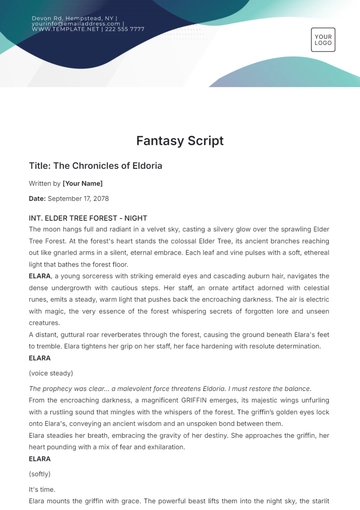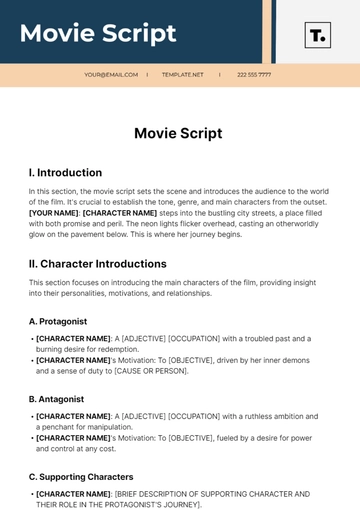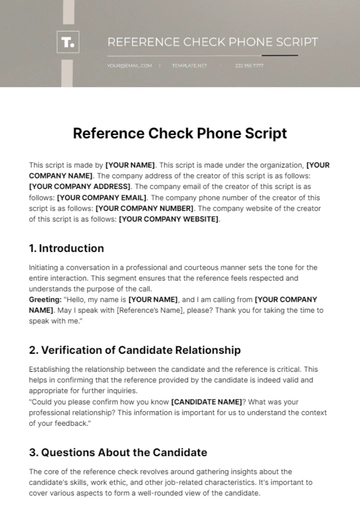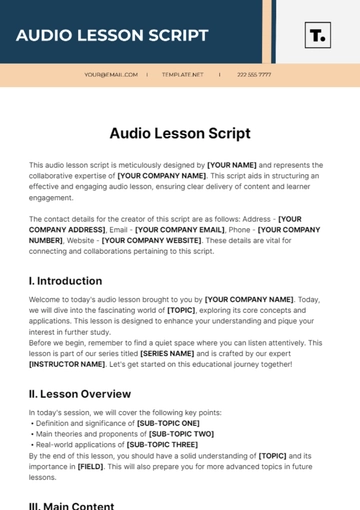Mock Trial Script for Students
Moderator: [YOUR NAME]
Institution Name: [YOUR INSTITUTION NAME]
Date: [DATE]
Address: [YOUR INSTITUTION ADDRESS]
Email: [YOUR EMAIL]
Phone: [YOUR NUMBER]
Website: [YOUR WEBSITE]
I. Introduction
Welcome to the Mock Trial session! I am [YOUR NAME], your moderator for today's trial. Our objective is to provide an immersive experience in the legal process and foster critical thinking and advocacy skills among students. Let's dive into this exciting journey of legal simulation.
II. Trial Preparation
Before we proceed with the trial, let's ensure that everyone is familiar with their roles and responsibilities:
A. Roles and Responsibilities
B. Case Brief
Review the case brief provided to familiarize yourself with the facts, evidence, and legal issues involved in the trial. Pay close attention to key details and arguments that will shape your strategy during the trial.
III. Trial Proceedings
Now, let's proceed with the trial proceedings according to the following structure:
A. Opening Statements
Each attorney will have the opportunity to deliver an opening statement to outline their case theory and preview the evidence they intend to present.
B. Witness Testimony
The prosecution will call its witnesses to the stand for direct examination, followed by cross-examination by the defense. The defense will then call its witnesses, with the same examination process.
C. Presentation of Evidence
Both parties will present exhibits and physical evidence to support their arguments. Objections may be raised by opposing counsel, and rulings will be made by the moderator.
D. Closing Arguments
Each attorney will deliver a closing argument summarizing their case and urging the jury to reach a verdict in their favor based on the evidence presented.
IV. Jury Deliberation
After closing arguments, the jury will retreat to discuss and decide on a verdict. Jurors must carefully review the evidence and instructions provided by the moderator. They should engage in thoughtful discussion, aiming for a unanimous decision based on the facts presented during the trial. Once a decision is reached, the foreperson will announce the verdict in court.
V. Verdict Announcement
After deliberation, the jury returns to the courtroom. The foreperson announces the verdict: guilty or not guilty. This pivotal moment concludes the trial's proceedings. The judge may provide further instructions. The outcome determines the case's resolution.
VI. Conclusion
Congratulations to all participants for their excellent advocacy and engagement throughout the mock trial. We hope this experience has provided valuable insights into the legal process and enhanced your understanding of courtroom procedures. Keep honing your skills and advocating for justice!
Script Templates @ Template.net
